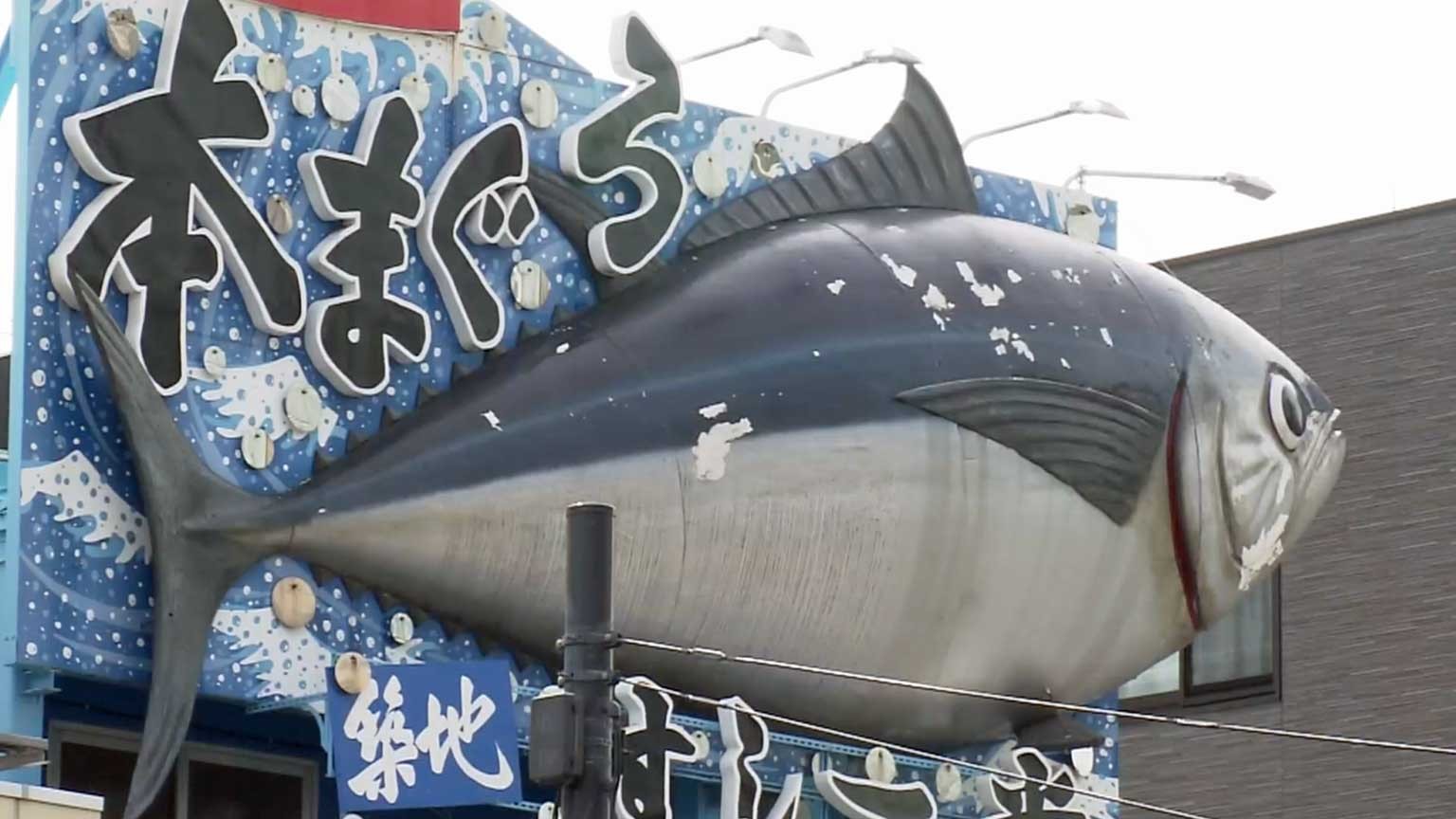Japanese dishes made from products available in Tsukiji have always been one of the area's key attractions. Even after the wholesale facilities moved to their new site in Toyosu, visitors continue flocking to the Tsukiji Jogai Market — or Outer Market — to buy, eat, and cook.
Some establishments offer cooking lessons to teach tourists from abroad about Japanese cuisine.
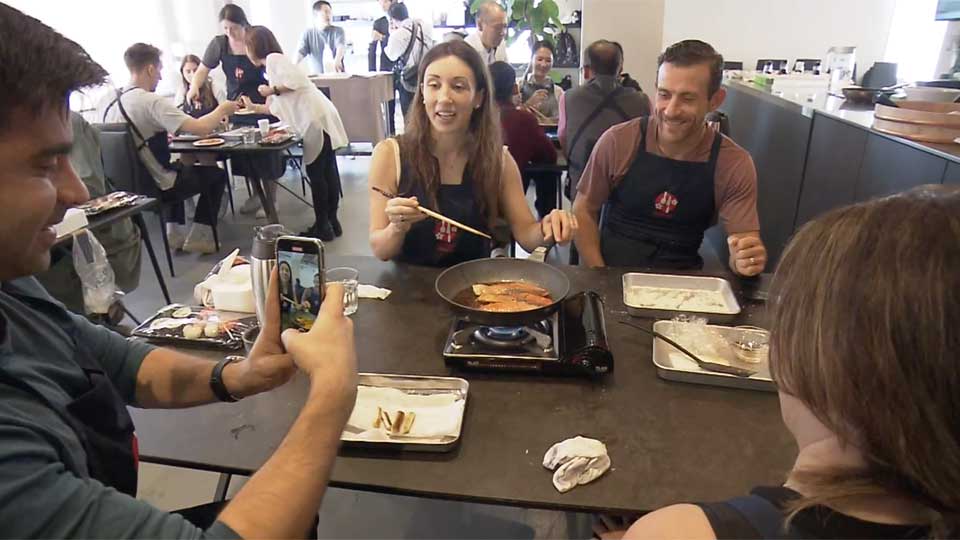
One day this month, 15 people practiced grilling salmon with soy sauce. A woman visiting from Greece said cooking the dish by herself made it even more delicious, while a participant from France said he liked the idea of being able to cook authentic Japanese food. Staff said the class is full most days.
Tsukiji's rich history
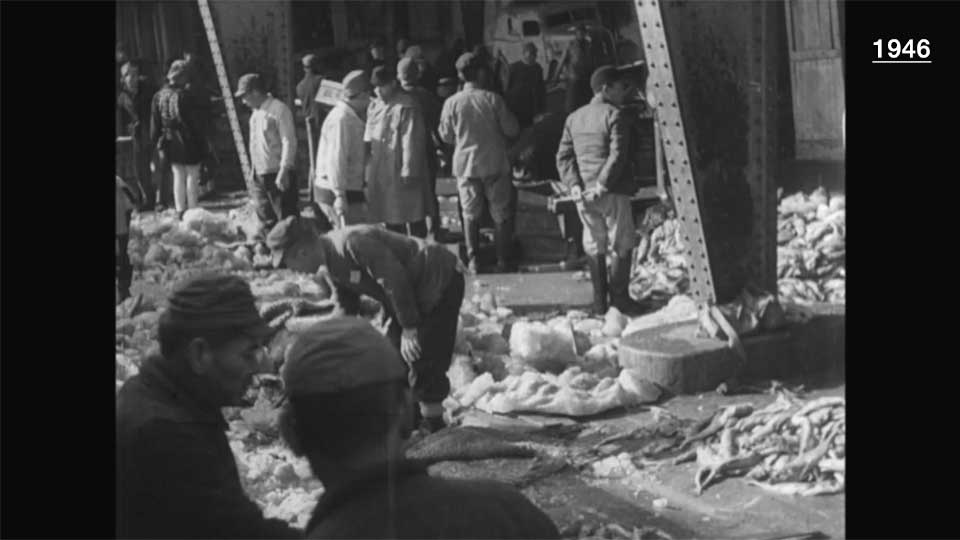
Tsukiji has long been known as "the kitchen of Japan." Its wholesale market opened in 1935 and became the country's largest food distribution center.
The Jogai market adjacent to the wholesale market became a popular tourist site, sometimes called "Food Town."
However, aging infrastructure compelled the Tokyo Metropolitan government to decide in 2001 to relocate the wholesale market. Toyosu was chosen for the new facilities.
The government later announced a plan to redevelop the Tsukiji area, with Tokyo Governor Koike Yuriko vowing that "Tokyo will preserve Tsukiji, while making the most of Toyosu."
In 2018, the curtain came down on Tsukiji's 83 years of hosting Japan's largest wholesale market. Then a few years later, the coronavirus pandemic abruptly halted the country's inbound tourism.
Now tourists are flooding back to Japan, and social media platforms like Instagram and TikTok are once again filled with images posted by visitors to Tsukiji's old market.
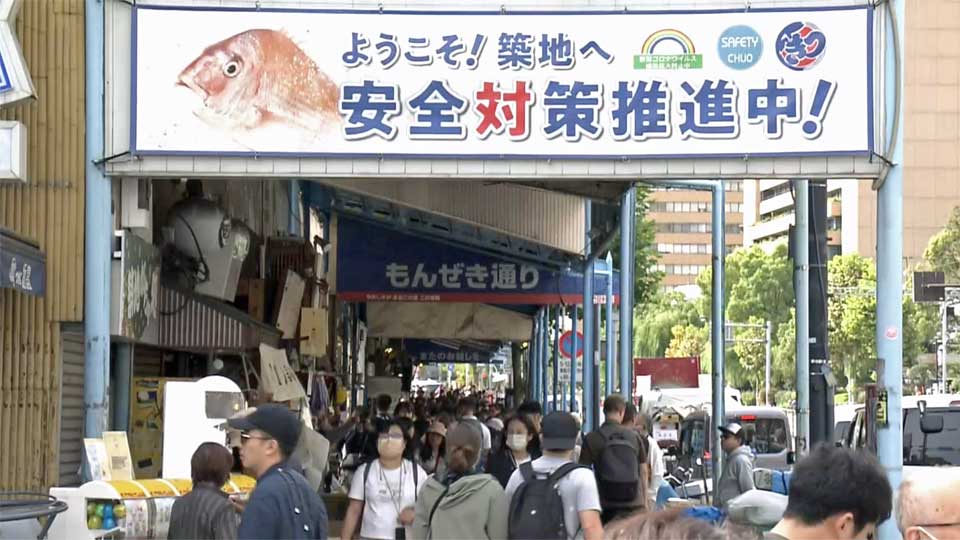
Stores adapt to changes
Many retail stores in Tsukiji have changed the way they do business to target the increasing number of tourists.
A shop that used to make egg omelets for sushi restaurants began to sell Japanese-style omelets on skewers that visitors can eat on the spot. The shop's former president said he thought hard to come up with an item that tourists could conveniently eat.
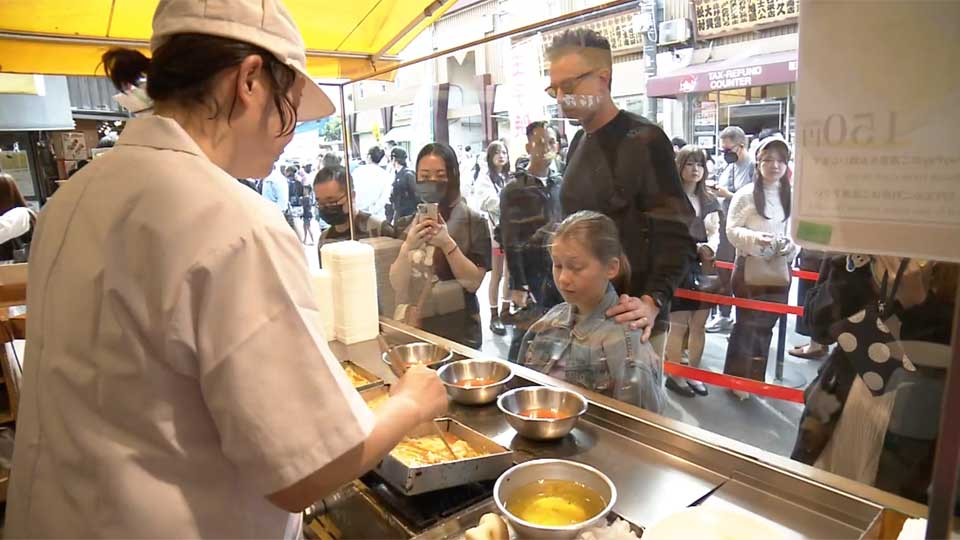
The president of a company providing guided tours of Tsukiji to foreigners said the market has a special appeal for jetlagged tourists from the US and Europe. He said visitors who find they cannot sleep past 3 a.m. can especially appreciate a neighborhood that opens early in the morning.
The company's tours begin from around 7 a.m., and its guides make sure that tourists do not interfere with the professional buyers. The president said his company has more than 70 bookings in October, and that his customers say they are happy for the chance to interact with Japanese shop owners during the tour.
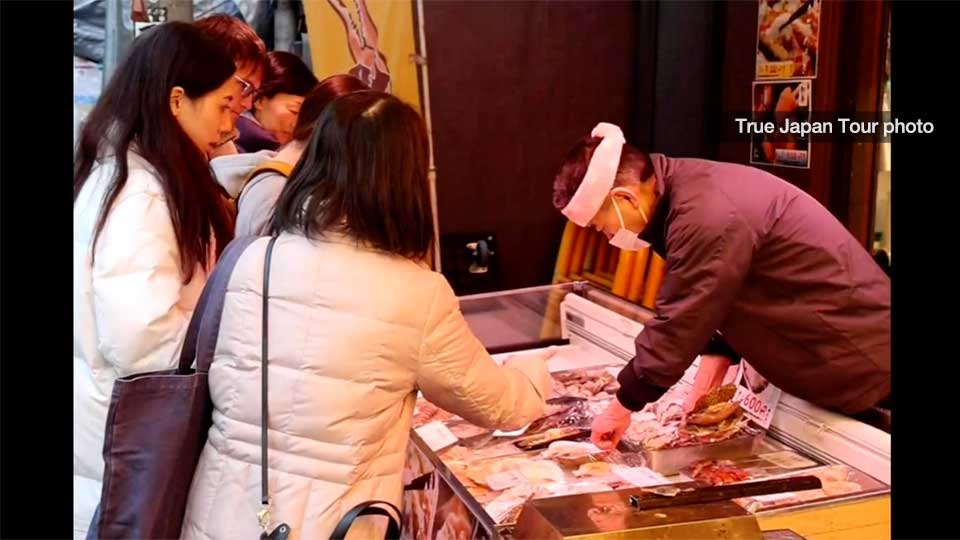
Kitada Yoshitsugu is the head of a neighborhood development association of stores and restaurants in Tsukiji Jogai Market. He said Tsukiji has long been renowned among food professionals for its stores with rich know-how on food and food-related goods.
Kitada said his group aims to make Tsukiji a beacon that sends out a message about Japanese food culture not only across the country but around the world.
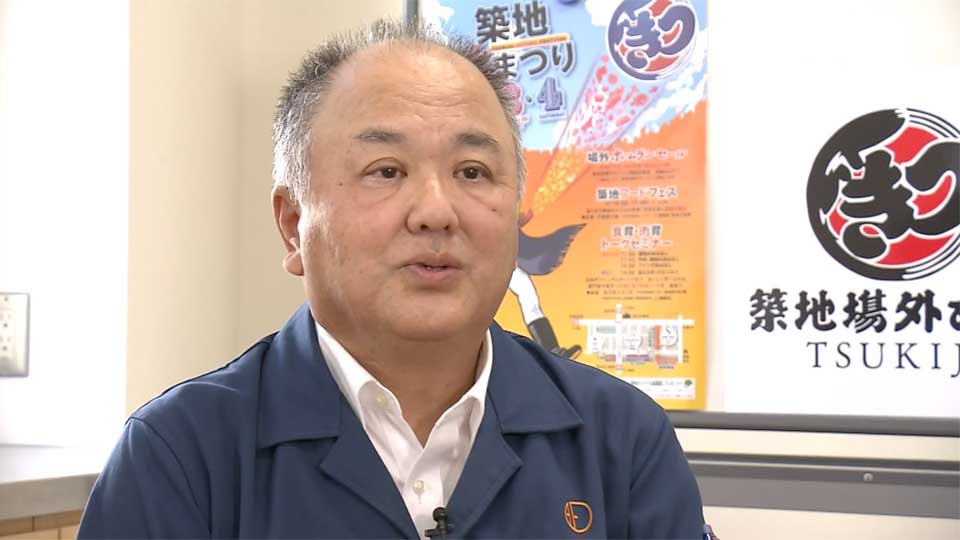
Unstoppable development
The Toyosu market is also targeting tourists with its own ambitious development plan. From February next year, visitors will be able to take a dip in hot-spring baths, or enjoy a variety of fresh market delicacies.
Tsukiji is determined to keep its status among food-loving tourists. The Tokyo government and local authorities are now drawing up a massive plan to transform roughly 20 hectares into a new development, which could include a structure that can accommodate at least 10,000 people. The plan's developer will be chosen around March next year.
